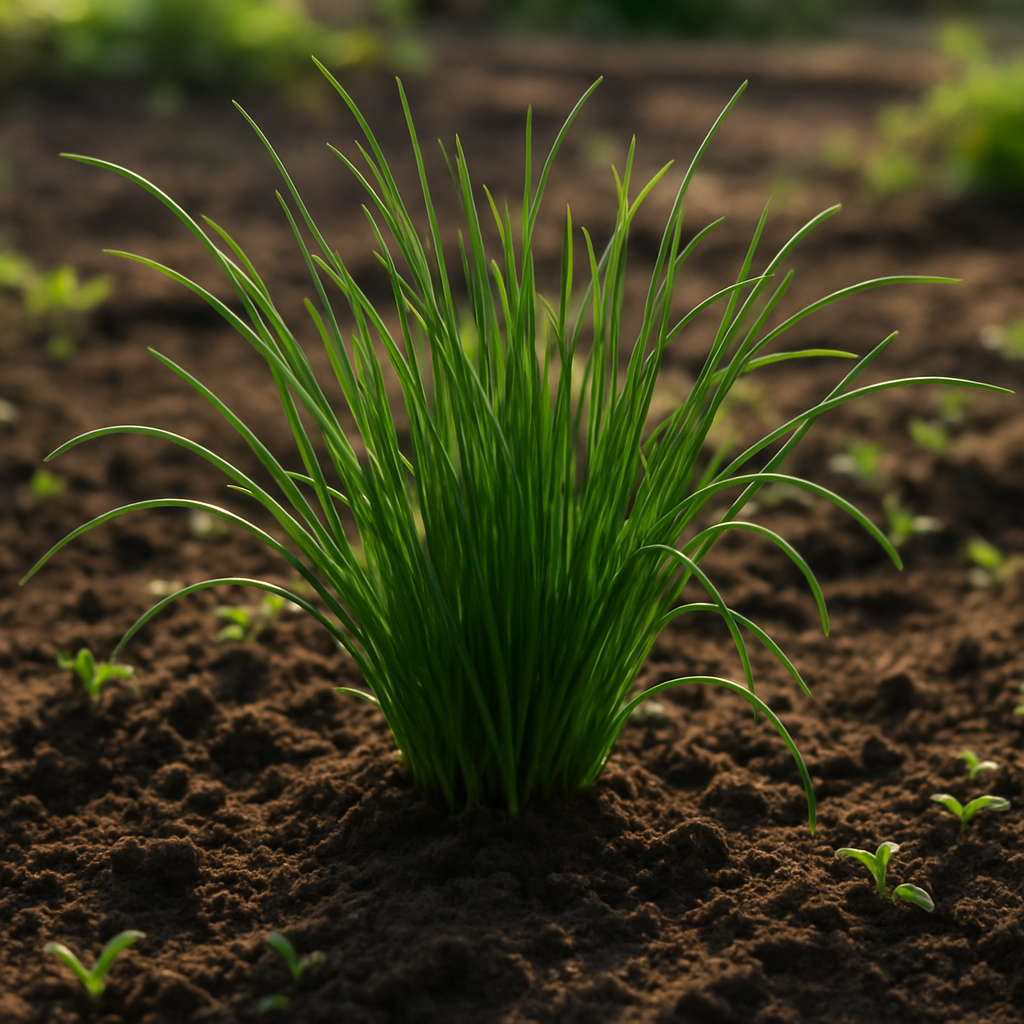Introduction to Chives and Their Growth Cycle
Curious about the chive growth timeline and wondering how long it actually takes chives to grow? Chives are a favorite among home gardeners thanks to their delicate onion flavor, vibrant green blades, and versatility in the kitchen. Whether you’re sprinkling them over baked potatoes, folding them into omelets, or adding a burst of freshness to salads, chives are an easy way to elevate everyday meals.
Because they’re hardy, low-maintenance, and can thrive in containers or garden beds, they attract everyone from first-time growers to seasoned horticulturists. In this post, we’ll break down each stage of the chive growth timeline—from sprouting seeds or dividing bulbs to when you can begin your first flavorful harvest.
On average, you can expect chives to reach harvestable size within 60 to 90 days from seed, but this timeline can be shortened if starting with established plants. Several factors influence how quickly your chives grow, such as soil quality, sunlight exposure, watering routine, and whether you’re starting from seeds or transplants.
We’ll walk you through what to expect at each step and offer practical tips to help your chive patch flourish from the ground up.
Stages of Chive Growth
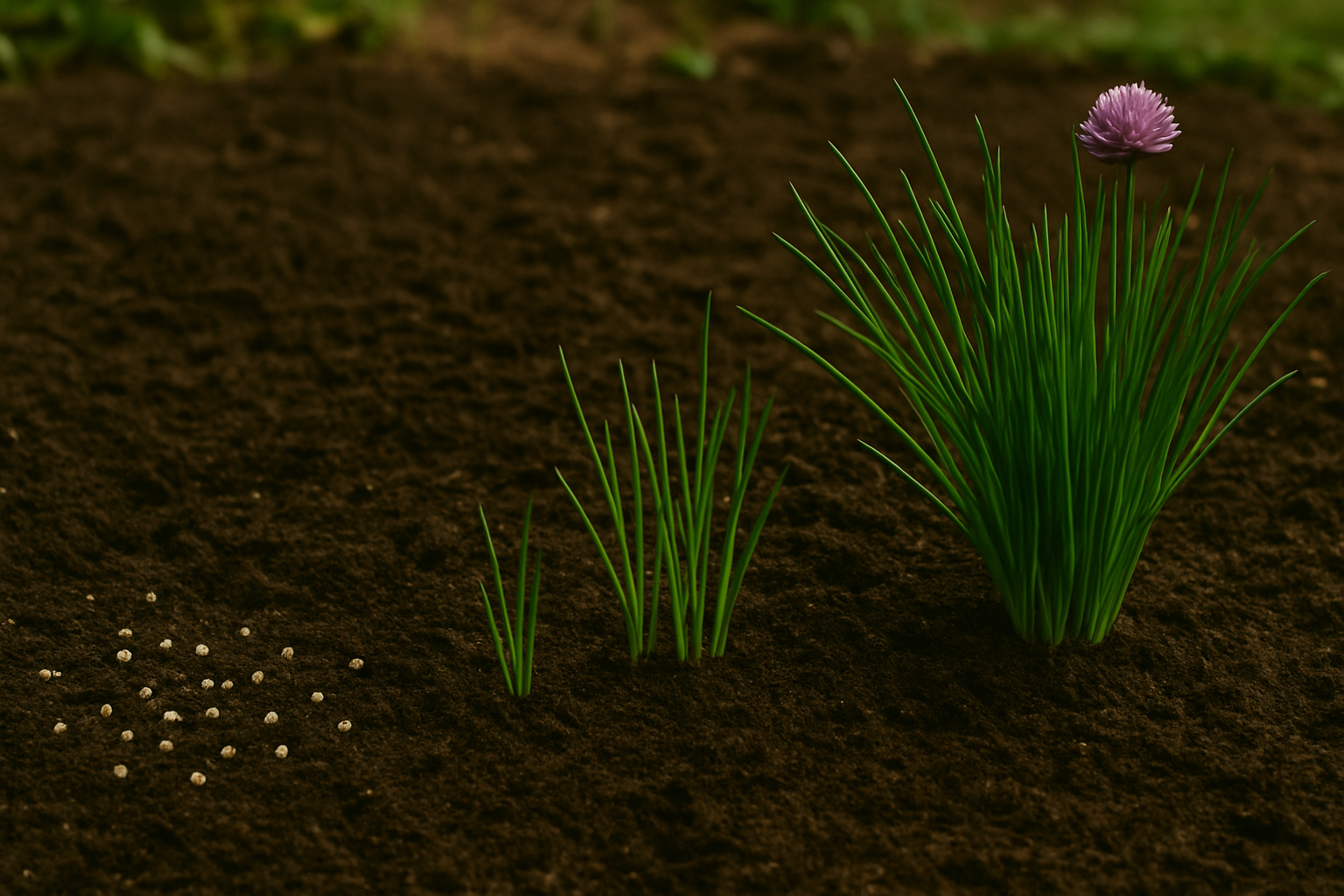
Chive growth progresses through distinct, visible stages, each with its own needs and milestones. The journey begins with germination, which typically takes 10 to 14 days after sowing seeds in moist soil kept around 70°F (21°C). During this stage, tiny shoots emerge, and it’s important to keep the soil consistently damp but not soggy—using a spray bottle helps prevent disturbing the new roots.
Once sprouts emerge and stand upright, the seedling stage begins. This lasts about four to six weeks, during which seedlings gradually develop their signature thin, grassy leaves. If you notice the leaves thickening and standing taller, it’s a sign they’re gaining strength.
The vegetative stage follows and can last two to three months. During this period, chives focus on leaf production—great news if you’re eager to harvest fresh greens for your kitchen. Regular snipping of outer leaves encourages bushier growth, but avoid cutting more than a third of the plant at a time.
When plants send up hollow stalks topped with purple or white blossoms, they’ve reached the flowering stage. This usually occurs in their second year if grown from seed but can happen sooner with bulbs or established starts. Flowers are not just ornamental—they’re edible and a sign that the chive plant is mature.
Growing from bulbs or starter plants speeds things up, often allowing you to skip the unpredictable germination stage and get to leaf harvest in a matter of weeks. Starts or bulbs are also less delicate, making them a better choice for beginner gardeners or cooler climates.
Seeing consistent, lush leaf growth and the first signs of flower stalks are clear cues that your chives are moving through the final, most productive phases.
Factors That Affect Chive Growth Rate
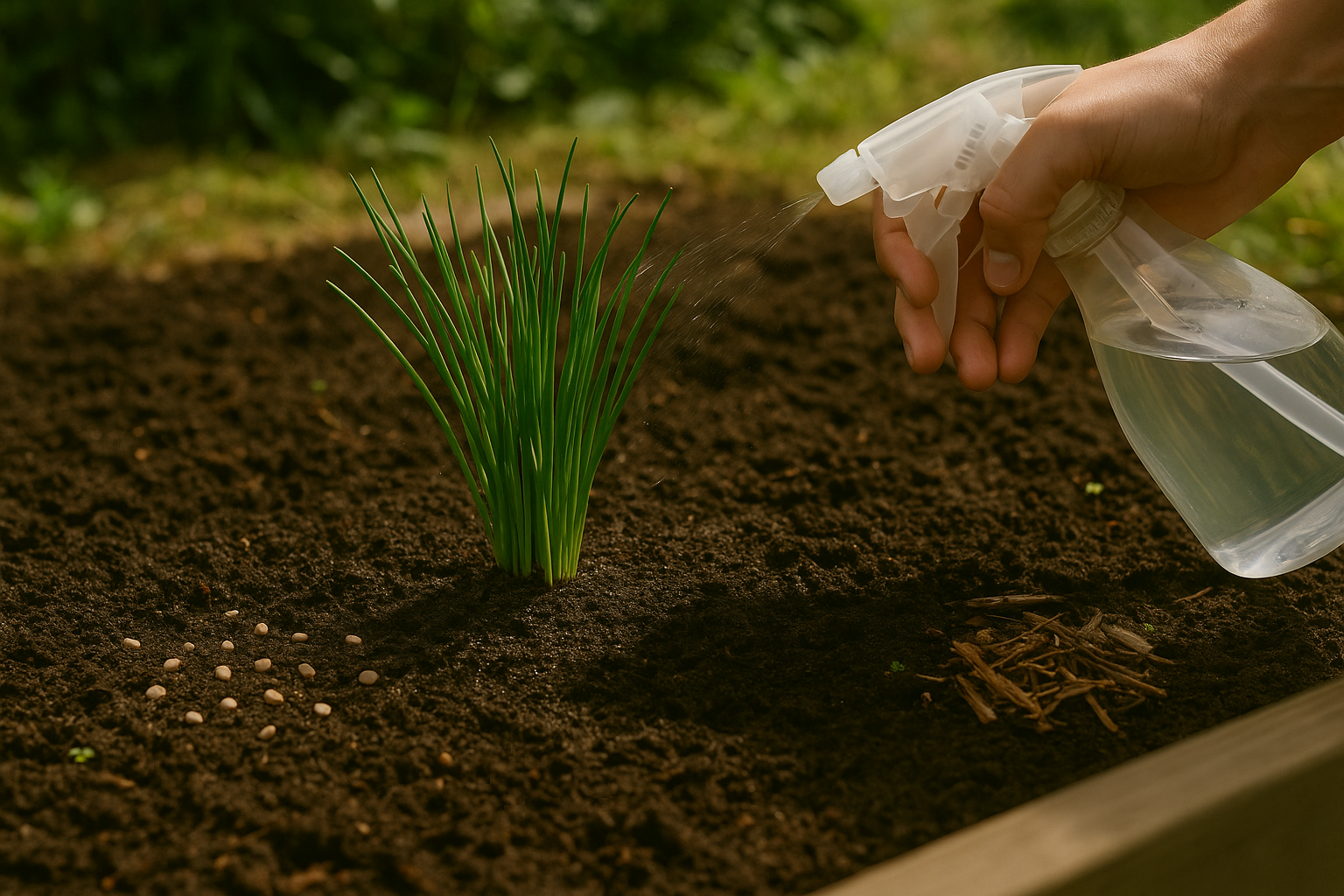
Light, temperature, soil quality, and watering all play significant roles in how quickly your chives will grow. Chives thrive in full sun—aim for at least six hours of direct light each day. Insufficient sunlight leads to leggy plants and slow growth, especially indoors where you may need to supplement with a grow light.
Temperature is also crucial; chives prefer a moderate climate between 60°F and 75°F. Hotter weather can make them wilt, while frost may stunt new shoots.
Soil quality affects chive growth as well; they do best in rich, well-draining soil that’s kept loose, not compact. Adding compost before planting can boost nutrients for healthy roots.
Watering practices are just as important; chives like consistently moist soil but not soggy roots. Overwatering can lead to root rot, while underwatering results in thin, limp leaves.
When growing chives indoors, you have more control over these variables, but you’ll need to ensure enough light and watch for dry air from heating systems. Outdoors, plants may grow faster due to natural light but face more pests and unpredictable weather.
Common problems that slow growth include fungal diseases from overcrowded or poorly ventilated conditions, aphids, and nutrient deficiencies. To avoid these issues:
- Space your chives well
- Check regularly for pests
- Use a balanced liquid fertilizer every few weeks
Paying attention to these factors will help you harvest lush, flavorful chives in less time, whether you’re gardening inside or out.
When and How to Harvest Chives
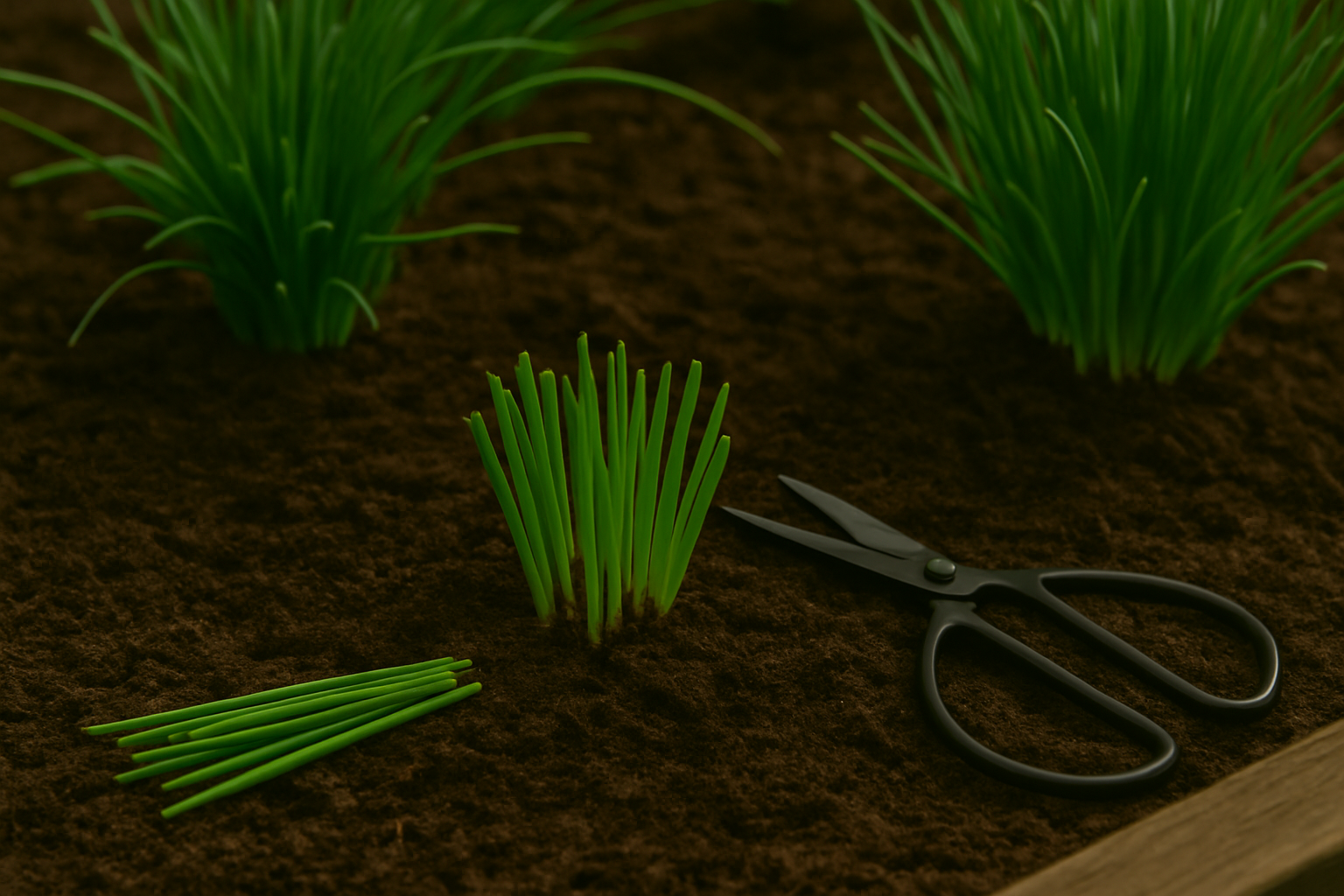
You can begin harvesting chives once they reach about 6 inches tall, which usually takes 60 to 90 days from seed or even sooner if you have established plants that survived the winter. For seed-grown chives, it’s best to wait until the second year for your first harvest to allow the plants to develop strong root systems for long-term health and productivity.
When you’re ready to harvest, use clean scissors to snip the leaves about 1 to 2 inches above the soil, cutting only what you need. Always leave at least a third of the plant intact so it can continue photosynthesizing and regrowing vigorously. To encourage bushier, healthier plants, avoid pulling leaves by hand, as this can disturb the delicate bulbs.
Established chives can be harvested every few weeks throughout the growing season. Aim to cut no more than one-third of the plant at a time if you’re making frequent snips, or up to half for a more substantial but less frequent harvest. Chives grow quickly, especially in warm weather; after harvesting, you’ll usually see fresh growth within two to three weeks.
With this gentle, selective approach, your chive patch will keep producing new, tender stems all season long, providing you with a steady supply for your kitchen without risking the plant’s health or productivity.
Tips for Faster and Healthier Chive Growth
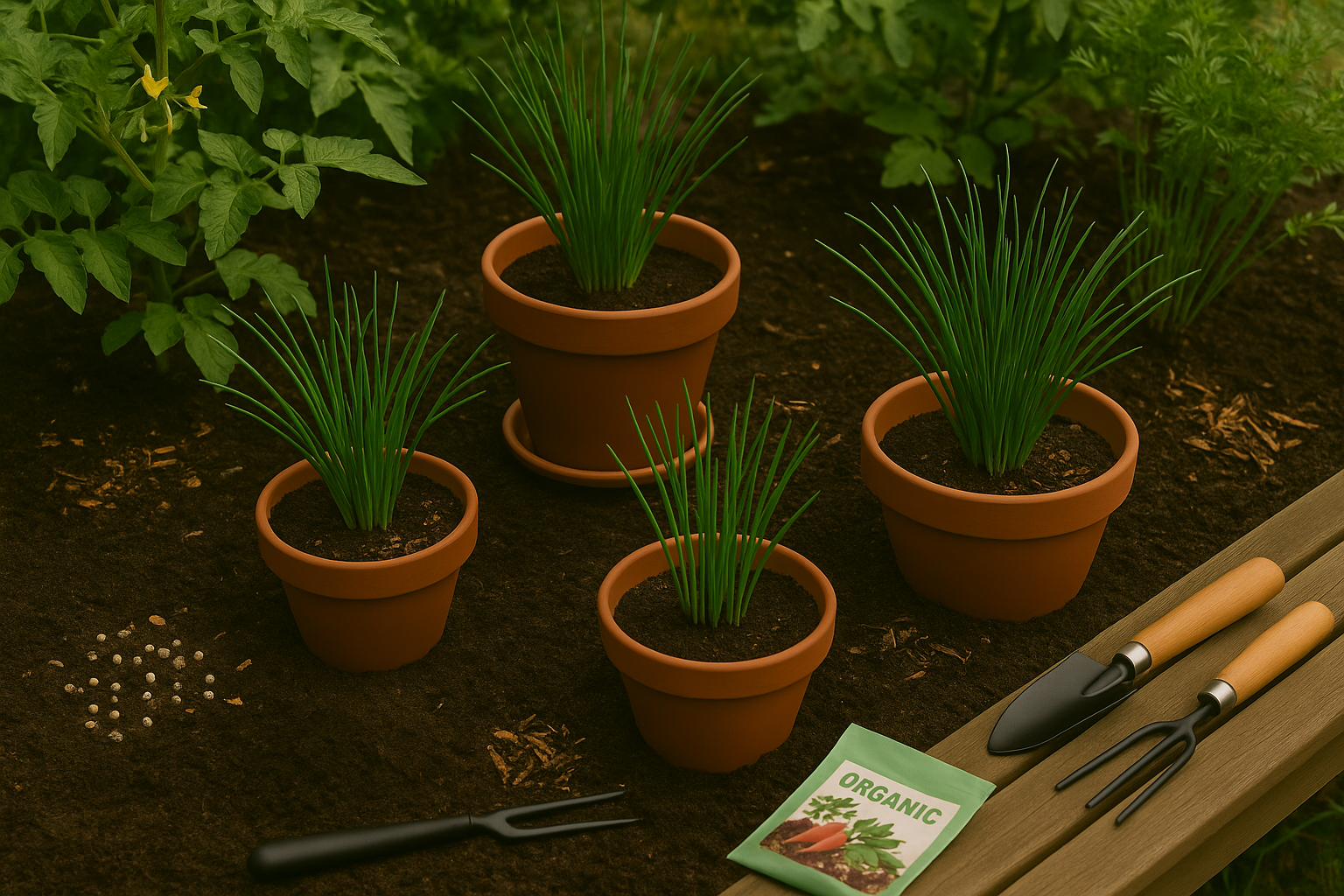
Growing vigorous chives quickly starts with the right sowing technique: plant seeds or starts in rich, well-draining soil as soon as the threat of frost passes. For faster germination, soak seeds in warm water overnight before sowing, and keep the soil consistently moist—not soaked—during the first few weeks.
Space your chives generously, about 6–8 inches apart, so they have plenty of room to mature without competing for resources. Fertilize lightly with a balanced organic fertilizer every 4–6 weeks, but avoid overfeeding, as this can lead to floppy stems.
Pairing chives with carrots, tomatoes, or roses can provide mutual benefits; chives ward off pests like aphids, while their presence can enhance the flavor and resilience of neighboring plants.
Regular pruning is key for robust growth: once chives reach six inches, harvest by snipping leaves from the base. This encourages new shoots and prevents them from flowering too early—once chives start to bloom, their leaves can turn tough.
Every couple of years, divide established clumps in early spring or fall to keep plants young and productive; simply dig up the root ball, break it into smaller pieces, and replant.
Consistent care, attentive watering, and sharp pruning shears will keep your chive patch thriving season after season, ensuring you enjoy a steady supply of fresh, flavorful greens.
Frequently Asked Questions About Chive Growth
Chives are a favorite for many gardeners, and it’s easy to see why—they’re low-maintenance, versatile, and delicious. One common question is about their flowers: yes, chive blossoms are edible and make a pretty, onion-flavored garnish for salads or soups.
When it comes to lifespan, chives are perennial, returning every year with proper care and often living for several years in the same spot. Many worry if chives can survive winter, but rest assured—they can handle frost and snow in most climates. Simply cut the leaves back in late fall; they’ll regrow in spring.
Some people believe chives only regrow once, but that’s a myth. With regular harvesting (just snip a few leaves at a time, don’t pull the whole plant), they keep producing fresh leaves throughout the season.
If you notice chives blooming, you can let a few flowers develop for pollinators or eat them, but regularly trimming buds encourages more leafy growth.
As for timelines, seeds take 2-3 weeks to sprout and about 2-3 months to mature enough for their first light harvest.
Overall, chives thrive with minimal fuss—plant them once, water occasionally, harvest gently, and enjoy their bounty year after year.
